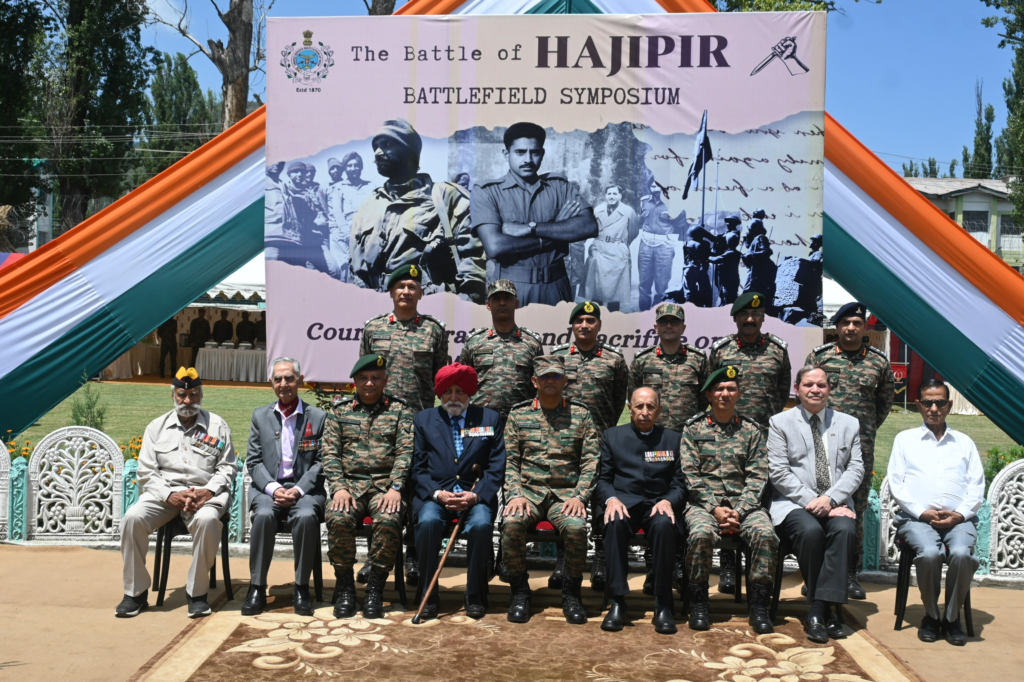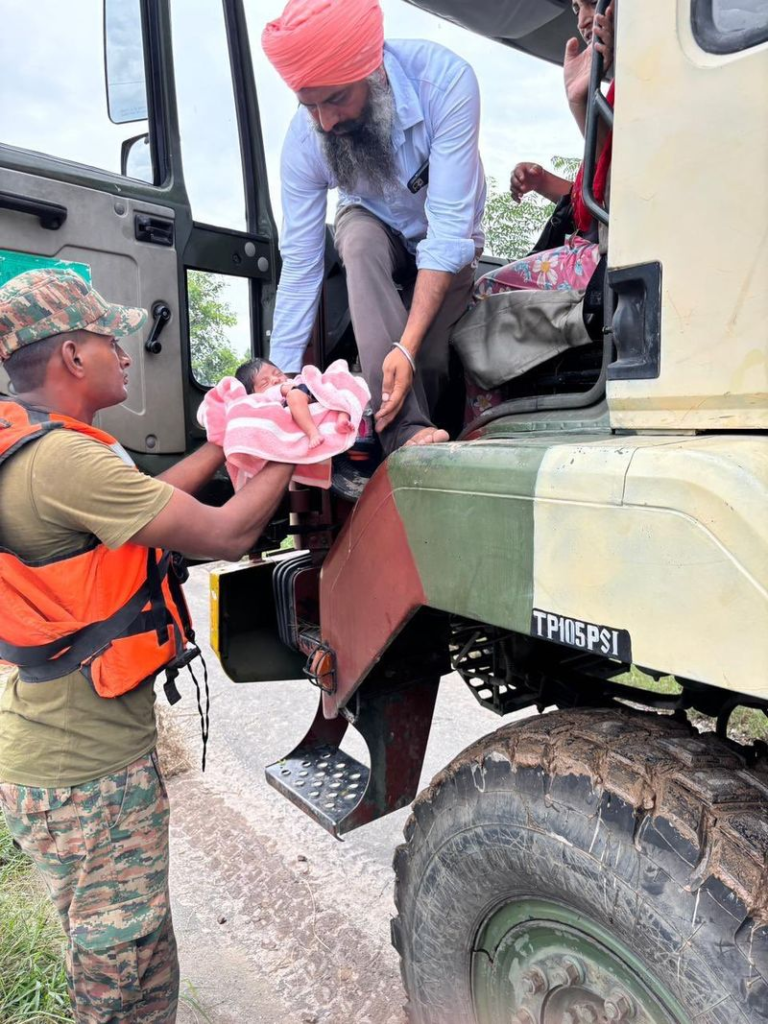The Bench asserted that a soldier injured in combat could not be deprived of benefits merely on technical objections

he Punjab and Haryana High Court rapped the Union of India for opposing war-injury pension to a soldier who lost his eyesight during the 1971 Indo-Pak war and was not treating his injuries attributable to military service.
“The disability suffered Sham Singh was not being treated to be attributable to military service. Such an action on the part of the Union of India and other petitioners cannot be appreciated especially when, it relates to a solider, who fought for the country and had suffered disability and that too in war between two countries,” the Bench of Justice Harsimran Singh Sethi and Justice Vikas Suri asserted, adding that the authorities should, rather, have come forward to grant the benefit of war injury pension rather than raising an “objection qua delay”.
The court observed Sham Singh suffered a grievous injury in December 1971 when “a bomb which came from the Pakistan side exploded near him and due to splinters and heavy smoke and dust, he lost his eyesight, which forced his invalidation from military service.”
The matter was placed before the Bench after the Union of India challenged impugned order dated August 23, 2023, passed by Armed Forces Tribunal’s Regional Bench at Chandigarh vide which Sham Singh was granted benefit of war injury pension from the date of his discharge in January 1973 to January 1975 and after that service pension till the day he died in May 2021. Thereafter, the benefit of liberalised pension was ordered in favour of his wife Karnail Kaur.
The Centre’s stand in the matter was that the claim was raised by Sham Singh at a belated stage – after the lapse of 44 years from the date of rejection of initial claim, “which clearly is barred by limitation hence, the same should not have been allowed”.R
The Bench asserted that a soldier injured in combat could not be deprived of benefits merely on technical objections: “It may be noticed that a solider, who fought for the country in Indo-Pak 1971 war and had suffered the injuries during the bomb explosion, cannot be excluded from the grant of entitled benefit especially, when nothing evident has come on record to show that such solider was in knowledge that he is entitled for the benefit of war injury pension due to the disability suffered by him in Indo-Pak 1971 war.”
The petitioners, on the other hand, “very well knew” that the solider suffered an injury in war and was entitled to the benefit of war injury pension. But the Union ignored the fact and did not grant the benefit he was entitled to.
Rejecting the ground of delay raised by the Union, the Bench held: “Keeping in view the facts and circumstances of the present case, the ground taken by the petitioners qua the delay to deny the benefit of war injury pension to Sham Singh cannot be accepted and the present petition is accordingly dismissed.”














































































